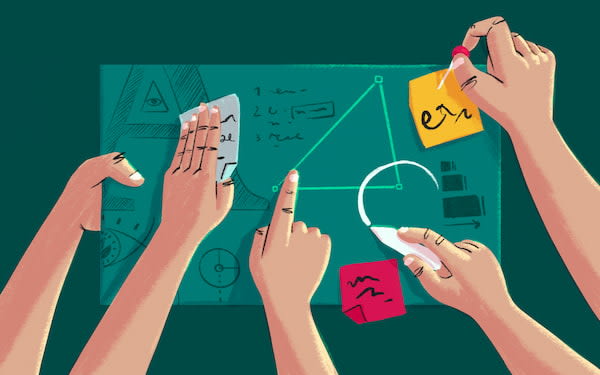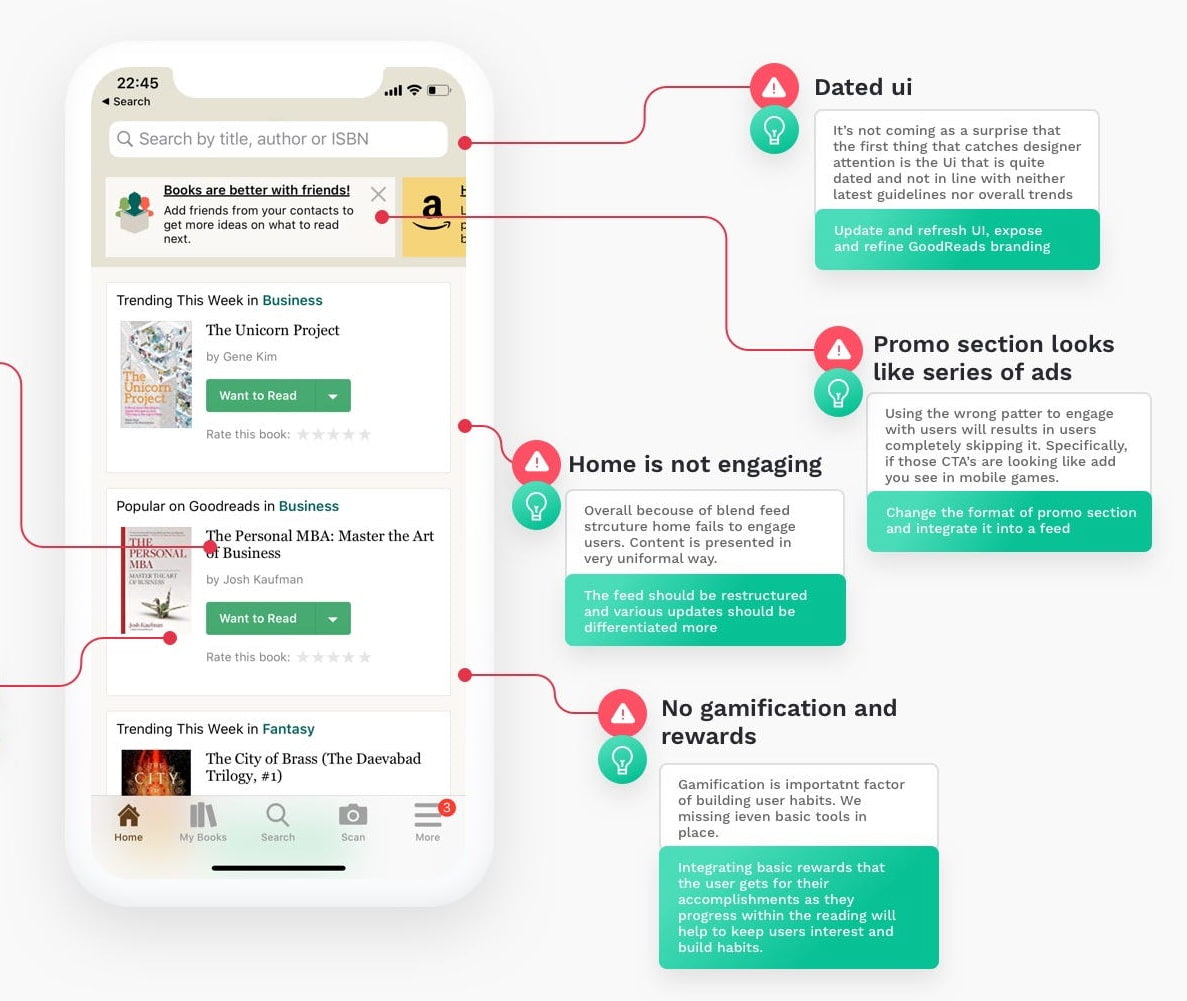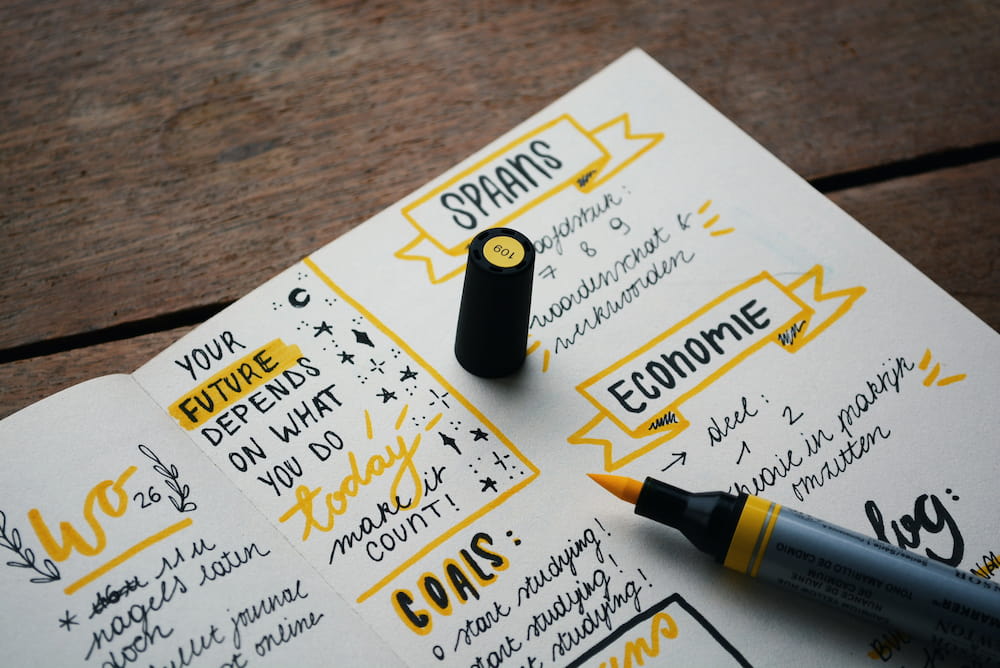What Do PMs Do?
What’s the role of a PM? What’s the difference between product managers, product owners and program managers? Let’s figure it out.
Let me ask you a simple question: what’s the role of a PM? Or more specifically, what’s the difference between product managers, product owners and program managers? And how are they different from project managers or technical leads?
If you know the answer, you can probably just skip this email alteogether. And if you don’t, let’s figure it out. You can also find more details around cross-team workflow in the design KPI chapter in the video library.

What exactly do PMs do? In different companies, PMs do different things. Illustration by José Torre.
For Different Companies, PM Means Different Things #
For a very long time, I was utterly confused about the term "PM". I would ask myself what PMs actually do, or look it up and find all kinds of contradictory definitions. Honestly, I never knew for sure what responsibilities would go along with a role of a PM in a given company.
In fact, I would jump from one company to another with wrong assumptions and wrong expectations, often asking the wrong questions, and speaking to the wrong people. I would try to understand the context reading between the lines, mostly failing and wasting time.
It took me years to realize that different companies define the role of PMs differently. Sometimes it would include finances and marketing and sometimes stretch mostly over design and engineering. So no wonder I could never tell right away what PMs actually do in a given team.
PM is The Voice of The Customer #
The clarity came unexpectedly. I’ve accidentally stumbled upon what is probably the clearest definition I’ve seen so far in Build, a wonderful book written by Tony Fadell, with actionable, practical insights for anyone who is building a team:
-
Product Managers are the voice of the customer. Their focus and responsibility is to figure out where customers are unhappy, what product should do, create the description of how it will work, and the facts they want customers to understand. To achieve it, they work with every part of the business — from engineering to finance.
-
Project Managers are the voice of the project. They coordinate tasks, meetings and assets to enable individual projects to get done in time.
-
Program Managers supervise groups of projects and project managers, facilitate processes and make sure all projects get done in time.
-
Product Owners work mostly with the development team to prioritize the product backlog and create user stories. In some way, they dictate what will and what will not make it into the product. (Which is something that actually should be done together with the team, rather than for them.)
Typically the work of a product owner could be done by a product manager, and a good product manager would do that — and a dozen of other things. They need to discover user problems and the roots of these problems, and work with the team to solve them.
They also need to be close to marketing to communicate the right messaging, and close to sales to make sure the product has a market. Of course they would also work with engineers to get the product built according to spec, and with designers to meet user needs. Getting it all done is usually very challenging and a key to success of a product.
Avoid The Term "PM" #
Most teams assume that “PM” stands for “product manager”, but I’ve seen people being as confused as I am, trying to figure out the right choice between product managers, project managers and program managers.
So perhaps in our Slack messages and emails, we could just avoid “PM” altogether and always be very explicit about what we mean — a “product manager” or “project manager” or “program managers”, or anything in-between. I know for sure that it would have helped me get on the right track much faster back in the day.
You will also find some practical advice on design process, design patterns and design KPIs in my video library on UX.
Happy designing, and thank you for reading!



